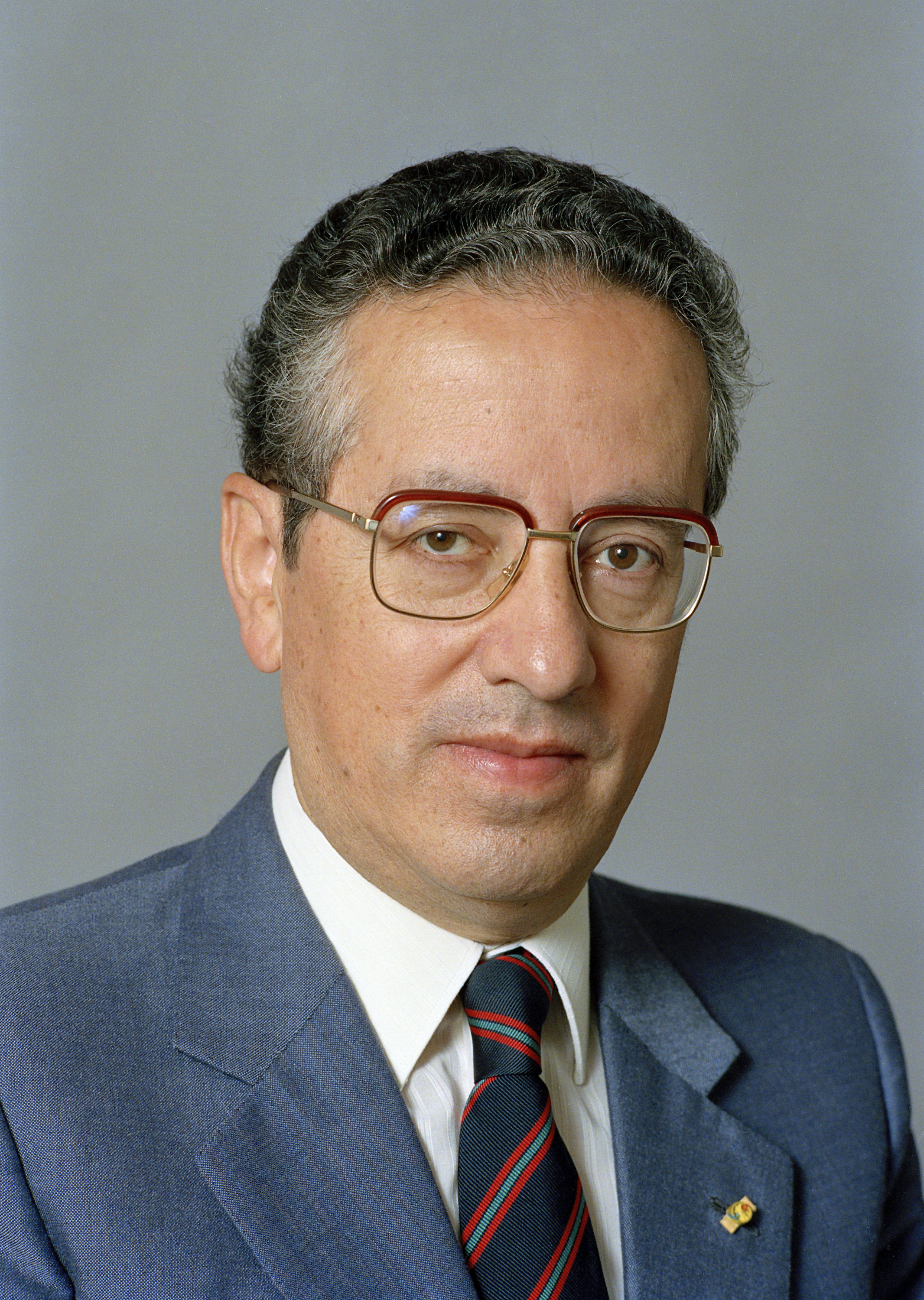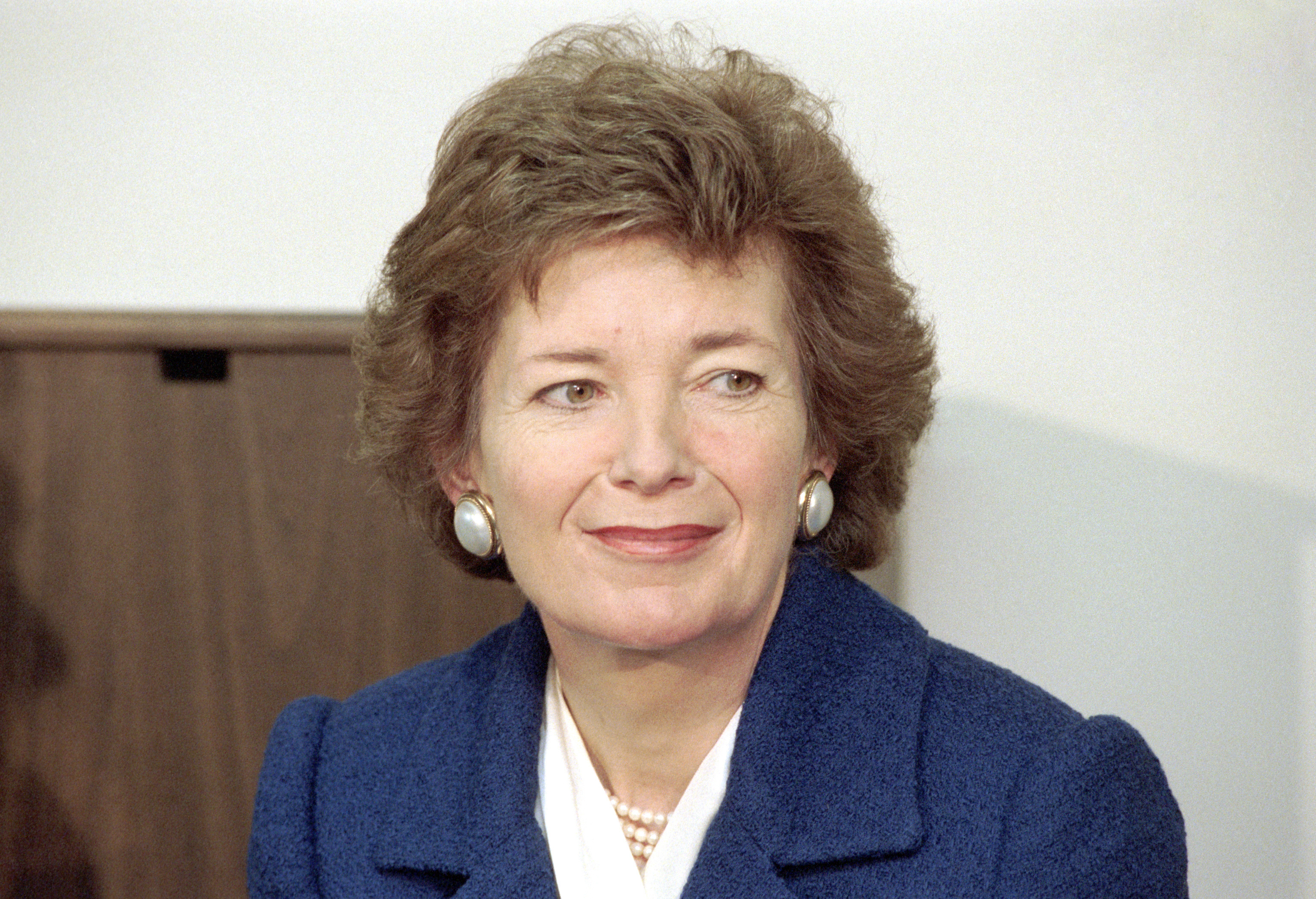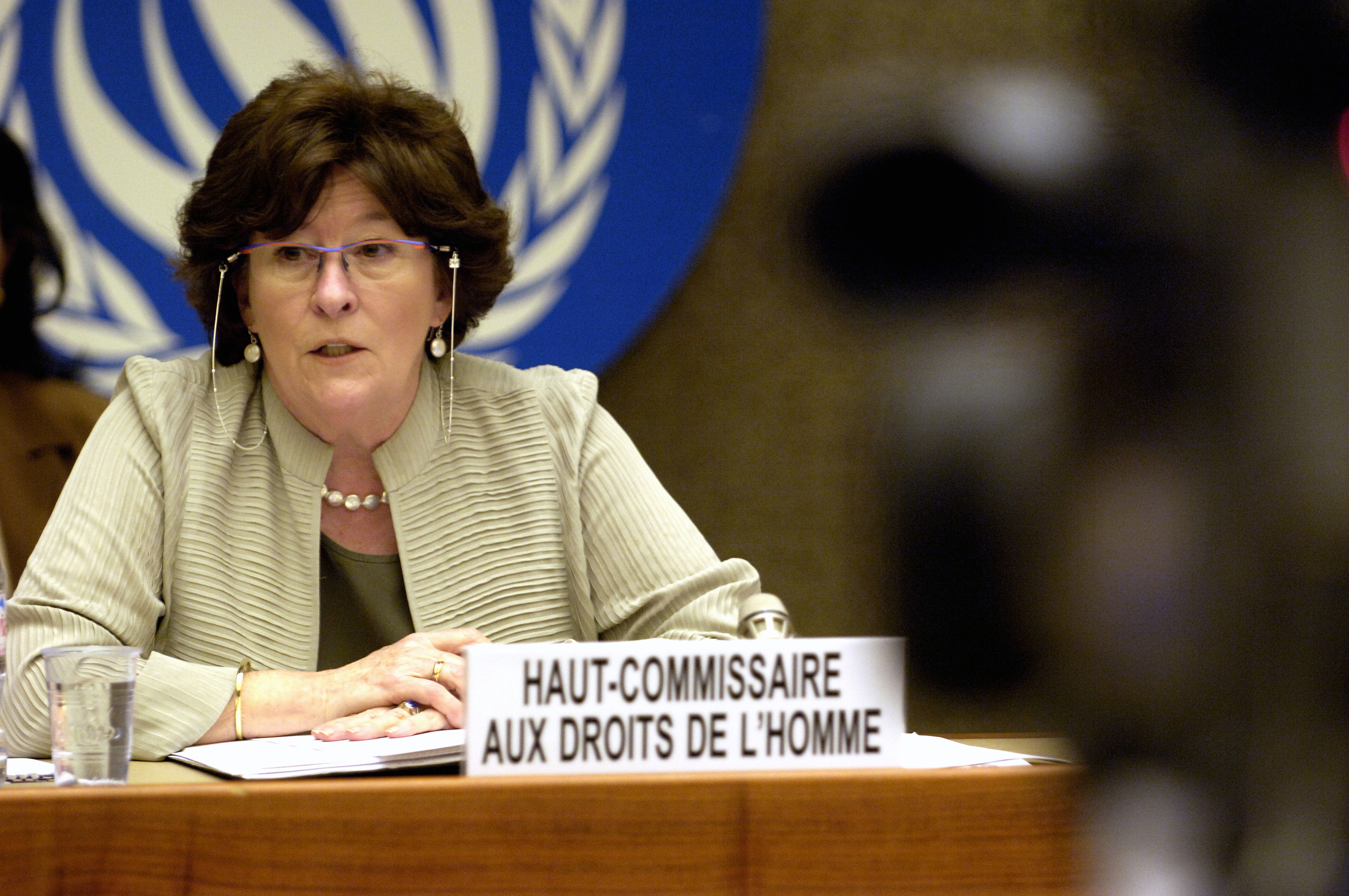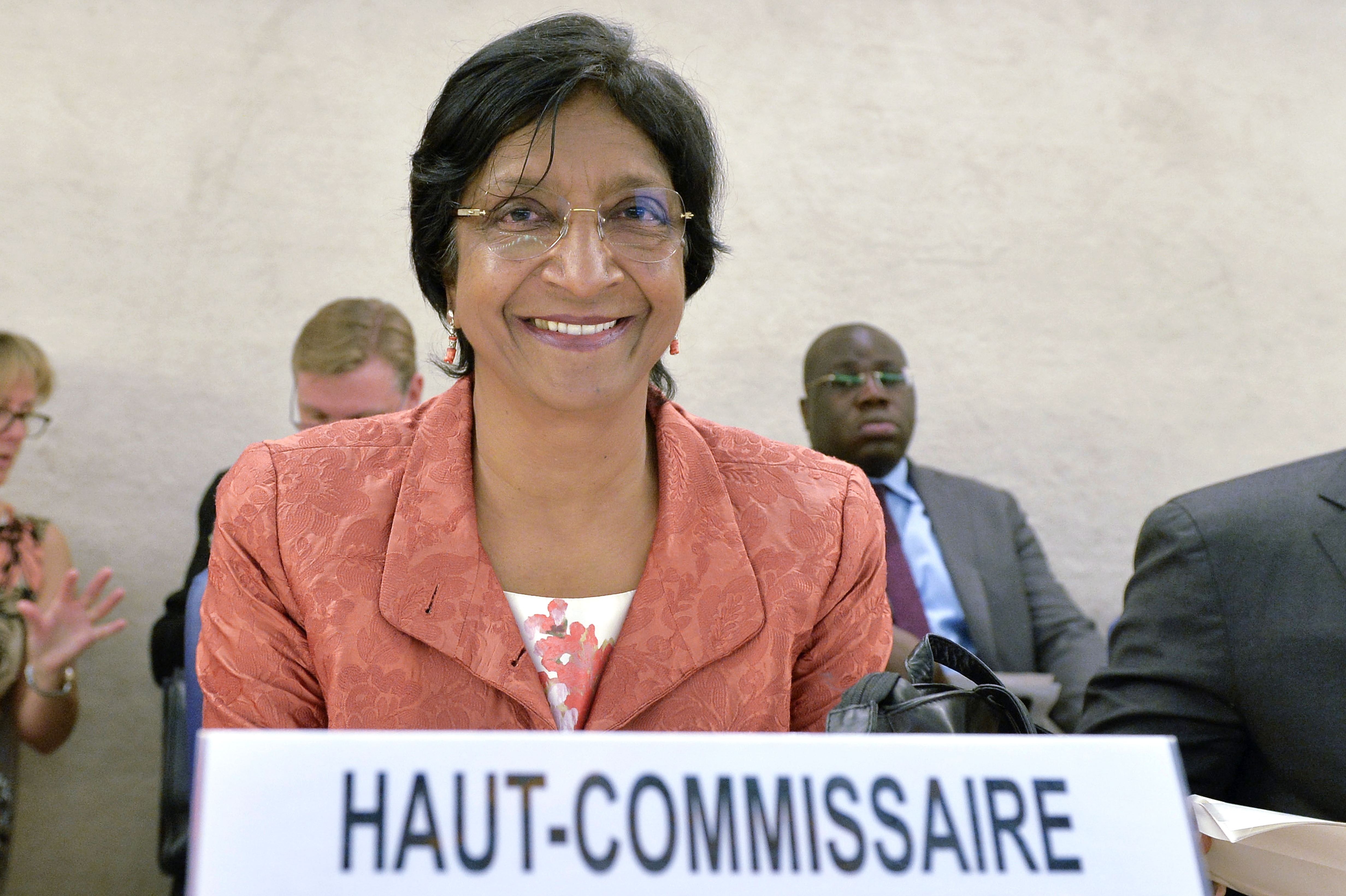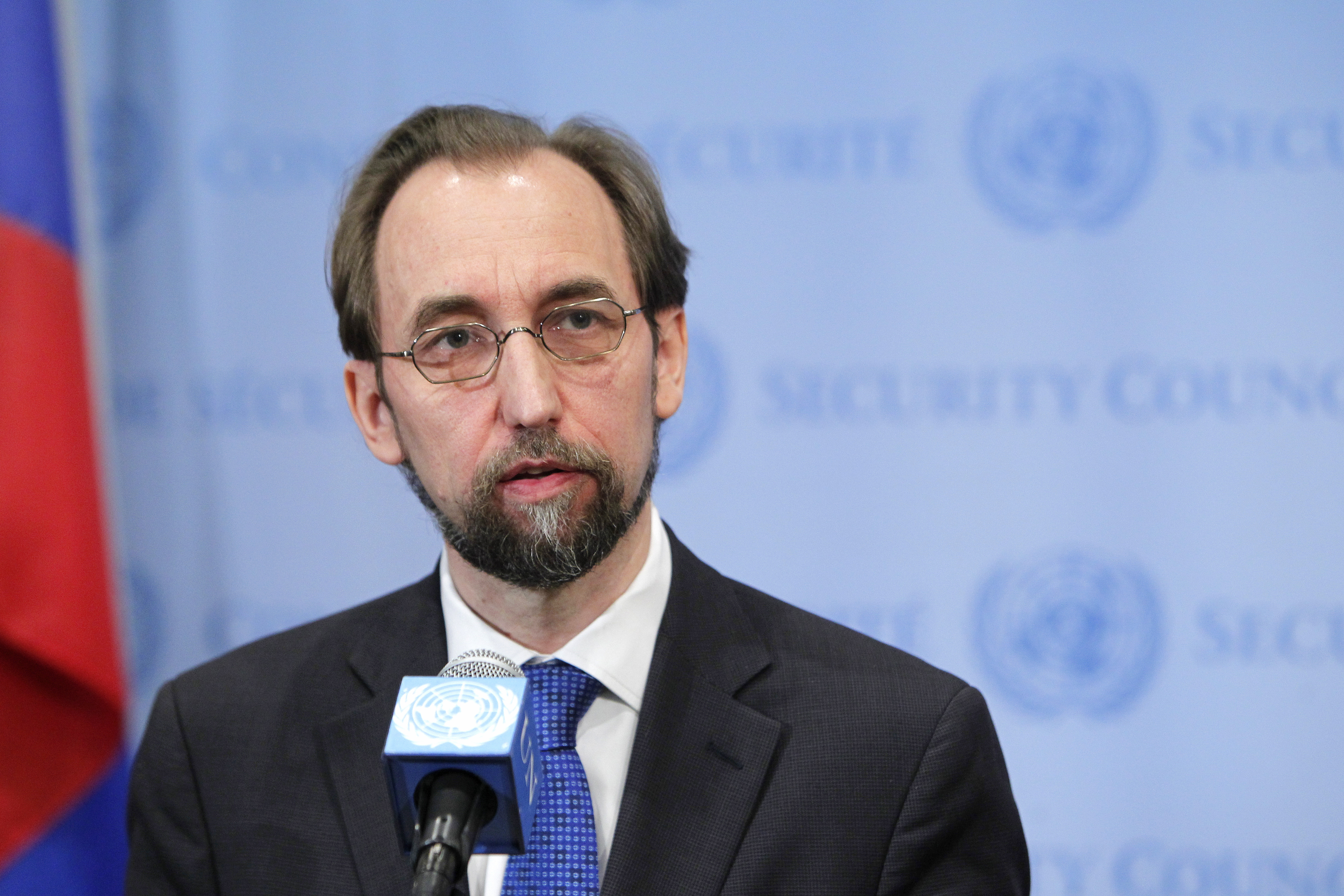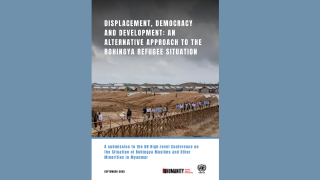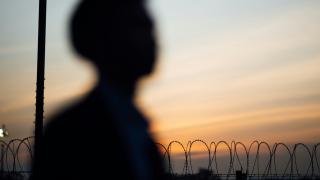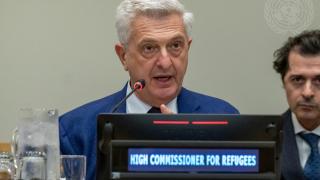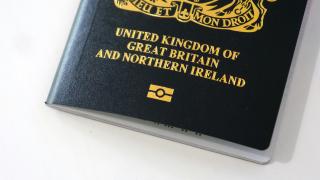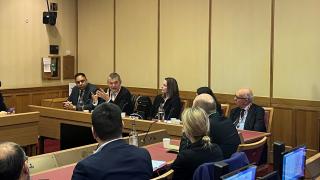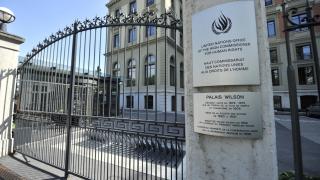
It’s the UN’s most senior human rights post. Candidates can be appointed for up to two four-year terms. So why has that never happened?
This blog by Fred Carver, Head of Policy, was originally published on Buzzfeed on 20 June, and then following a change in Buzzfeed policy republished on Medium on 6 July 2018. This page is part of our campaign to find the best High Commissioner for Human Rights. Back to the campaign hub.
The Job:
The United Nations Secretary-General is searching for a new High Commissioner for Human Rights, the most senior human rights official in the UN system.
It’s a vital job, holding countries to account for their transgressions — big and small — and acting as a counterbalance to the biases of member states and the bodies they sit on — such as the Human Rights Council.
In the past, High Commissioners have established new understandings around rights — such as LGBT rights — succeeded in integrating human rights into the Sustainable Development Goals (and across the entire work of the UN through the “Human Rights up Front” initiative) and have made sure human rights are central to peace processes in Colombia and East Timor.
As cofounders of the 1 for 7 billion campaign for meritocratic appointments to senior positions in the UN, UNA-UK has been calling for a fair process with the result that the best possible candidate is selected. One of the reforms we are asking for is that High Commissioners should only serve one term. Free from the pressures of re-election, the High Commissioner would be better able to stand up for rights the world over.
But while the principle is important, so far not a single previous High Commissioner has succeeded in serving out two full terms. Below we look at why, and what this says about one of the world’s most important jobs.
Jose Ayala-Lasso 1994–1997 (served three years of one four year term)
Lasso Credit:UN Photo
Who?
An Ecuadorian politician and diplomat, he was Ecuador’s Foreign Minister in the late 1970s and then served as ambassador to various countries and institutions for much of the 1980s, finishing up as Ecuadorian ambassador to the UN. He was appointed by former Secretary-General Butros Butros-Ghali as the first ever High Commissioner for Human Rights in 1994. He was remembered by some as a kind boss and effective administrator, while others felt he was too much the diplomat, and did not stand up for the victims of rights violations.
What happened?
Early in 1997 with just a year of his first term left to serve, Lasso was recalled to Ecuador and once again appointed Foreign Minister in order to lead on negotiations to end the Peruvian-Ecuadorian land dispute, a very long-lasting but mostly bloodless conflict which ran (on-and-off) from 1821 to 1998.
Mary Robinson 1997–2002 (served one four year term and one one year term)
Robinson Credit: UN Photo
Who?
Mary Robinson was the surprise, but popular, winner of Ireland’s 1990 Presidential election. She was the first woman and first third-party candidate to serve as President. She resigned with a couple of months remaining in her seven-year Presidential term, to become High Commissioner. Her time at the UN was marked by controversy over the tactics used by the United States as part of its “war on terror” and allegations of a disproportionate focus on Israel at the 2001 world conference on racism. Nevertheless, she is remembered as an outspoken and effective High Commissioner.
What happened?
Mary Robinson did not want a second term, but was persuaded by Secretary-General Kofi Annan that she should stay on for an additional year, in order to oversee the follow up to the World Conference on Racism. Mary Robinson has indicated that her position was made impossible by the United States who were uncomfortable with her criticism of the Guantanamo Bay detention centre.
Sérgio Vieira de Mello 2002–2003 (served one year of a four year term)
de Mello Credit: UN Photo
Who?
Sergio de Mello was a Brazilian UN official who had worked for many years for UNHCR, the UN Refugee Agency, before becoming Emergency Relief Coordinator and head of OCHA (Office for the Coordination of Humanitarian Affairs), then Special Envoy in Kosovo, and finally Transitional Administrator in East Timor. He was known to be a brilliant diplomat and administrator, and a potential future Secretary-General but was a controversial choice for High Commissioner, having spent his entire UN career working in humanitarian aid agencies rather than in Human Rights, and having a reputation for pragmatism at the expense of principle.
What happened?
In May of 2003 Sergio de Mello was seconded to become Special Representative of the UN Secretary-General in Iraq, heading up the UN’s presence as it helped stabilise and rebuild the country following the Iraq war. He had been in this post for only three months when he was killed alongside 22 colleagues in the Canal Hotel Bombing. Al Qaeda in Iraq claimed responsibility for the attack, one of the deadliest in the history of the UN. Sergio de Mello is the most senior UN official to have been killed in the line of duty since Secretary-General Dag Hammarskjöld died in a plane crash in 1961.
Bertrand Ramcharan 2003–2004 (served one year as acting High Commissioner and was never confirmed in post)
Ramcharan (left with Julian Hunte, former President of the General Assembly) Credit: UN Photo
Who?
Betrand “Bertie” Ramcharan was a career human rights official who had spent nearly 30 years in various senior UN human rights posts in Geneva and New York and supported the UN’s largest ever peacekeeping mission in the former Yugoslavia. He was originally from Guyana and had qualified as a lawyer in the UK.
What happened?
Bertie Ramcharan was (and is) academically well regarded and served as an able deputy to both Mary Robinson and Sergio de Mello. However, he was apparently never seriously considered as a permanent replacement for de Mello and only served for as long as he did to allow Louise Arbour, the next appointee, time to vacate her post on the Canadian supreme court.
Louise Arbour 2004–2008 (served one four year term)
Arbour Credit: UN photo
Who?
Louise Arbour was a Canadian lawyer who served as prosecutor for the UN’s International Criminal Tribunals in Rwanda and Yugoslavia between 1996 and 1999 and then as a judge on Canada’s supreme court. She was known to be outspoken, particularly against the United States’ conduct in Guantanamo Bay, but also with regards to the lack of resourcing and powers of the human rights systems within the UN itself. She oversaw the transition of the UN’s outdated Commission on Human Rights to the current Human Rights Council in 2004.
What happened?
High Commissioner Arbour decided not to seek a second term. Secretary-General Ban Ki-moon expressed disappointment at this decision. Although she denied any political pressure had been bought to bear, it was felt that lack of support from member states, including her own, and frustration with the limited resources of the office, played a part in her decision.
Navanethem Pillay 2008–2014 (served one four year term and one two year term)
Pillay Credit: UN Photo
Who?
Navanethem “Navi” Pillay was a South African lawyer who had acted in the defence of many anti-Apartheid campaigners including Nelson Mandela. In 1995 Mandela appointed her the first non-white member of the South African high court. She then served for eight years as a judge at the International Criminal Tribunal for Rwanda (ICTR), including four as president, and was five years in to a six-year term as a judge on the International Criminal Court when appointed. Supporters found her to be thoughtful and consistent, and she spent more time with survivors than previous High Commissioners. Critics felt she did not always speak out against governments with poor human rights records as strongly as they would have liked.
What happened?
Ban Ki-moon appointed her for a second term but requested that it be limited to just two years. This was still long enough to make Navi Pillay the longest serving High Commissioner. Pillay, an ethnic Tamil, was also heavily and vehemently attacked by the Sri Lankan Government for her criticism of their conduct of their civil war against the Tamil group the LTTE (as well as receiving some criticism from human rights activists for acceding to pressure to tone down estimates of civilian casualties). However, it appears unlikely that this controversy cost her her full second term. Instead it appears the decision followed pressure from the United States who resented her consistent criticism of Israel following the 2009 Gaza war.
Zeid al-Hussein 2014–2018 (served one four year term)
al-Hussein Credit: UN Photo
Who?
Zeid bin Ra’ad Zeid al-Hussein is heir to the abolished throne of the former Kingdom of Iraq and a junior member of the Jordanian royal family. The UN does not recognise royal titles in its officials, but when not serving with the UN he is therefore known as “Prince Zeid”. From 2000–2007 and again from 2010–2014 he was Jordan’s ambassador to the UN, and from 2007–10 he was Jordan’s ambassador to the US. In 2005 he was seconded to the UN Department for Peacekeeping Operations to write the landmark “Zeid Report” on combatting Sexual Exploitation and Abuse in UN peacekeeping operations. He developed a reputation as a fearlessly outspoken and inspiring High Commissioner but was thought to be less effective as an administrator. There are allegations that he seriously mishandled the case of sexual abuse whistle-blower Anders Kompass.
What happened?
Zeid has said that the global retreat from human rights has made his job untenable. He has certainly developed a long list of enemies: he has had cause to criticise most UN member states, and his clashes with President Trump of the United States are well known. It has also been suggested that he had a weak relationship with new Secretary-General António Guterres, although I have argued that they form an effective double act — both act as important counterbalances to the other: Zeid’s principle carving out political space for Guterres’ pragmatism.

